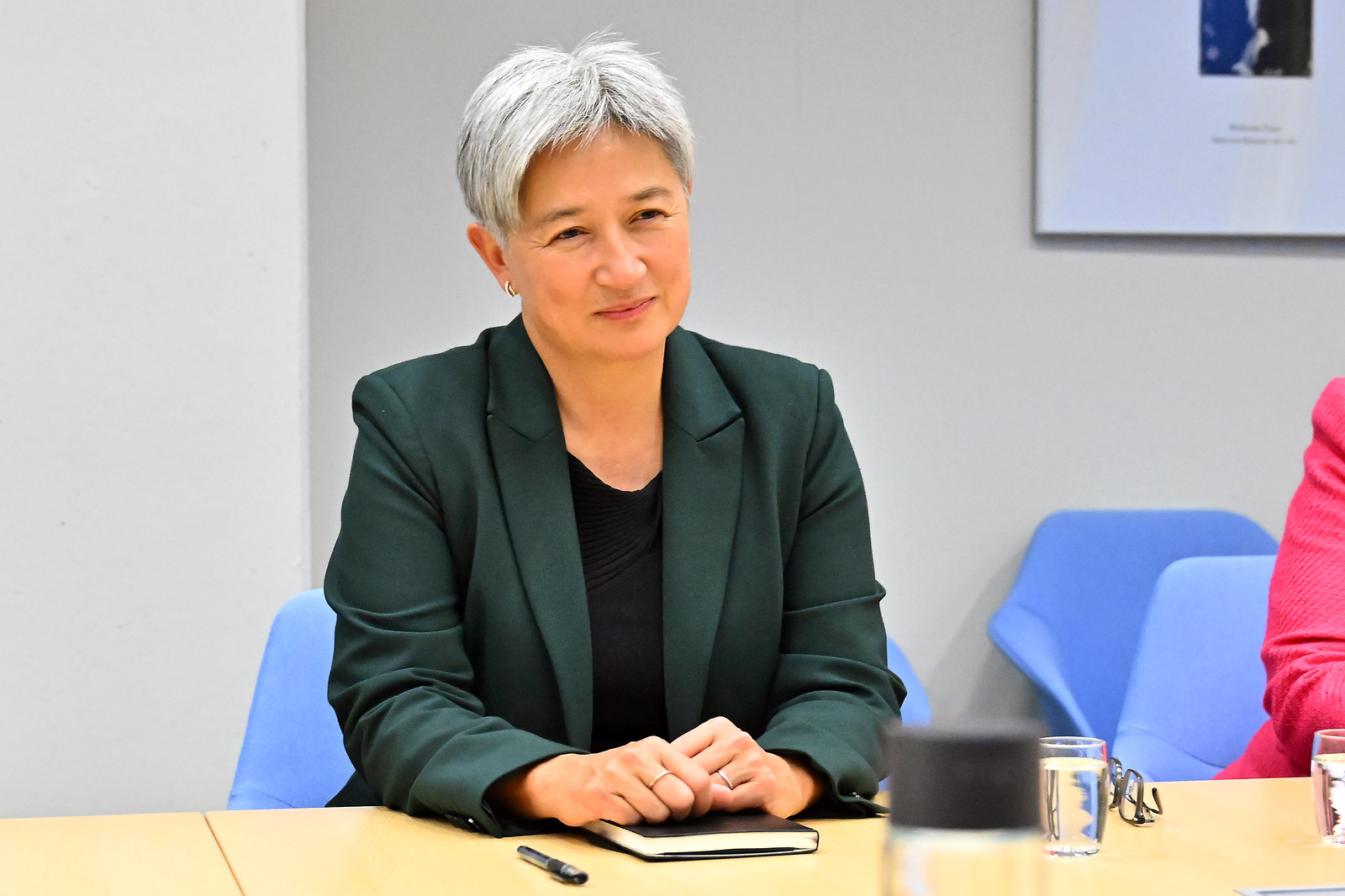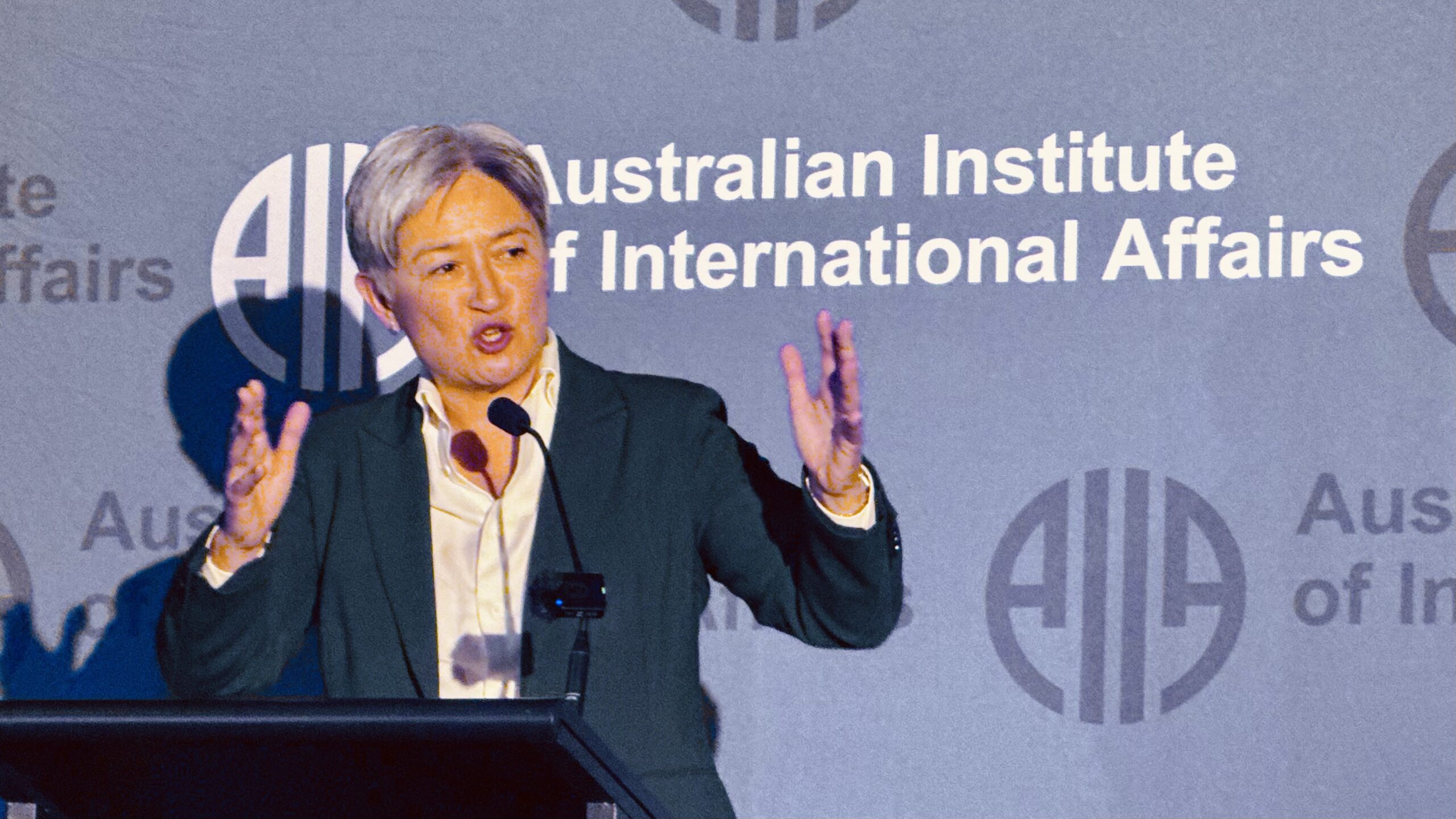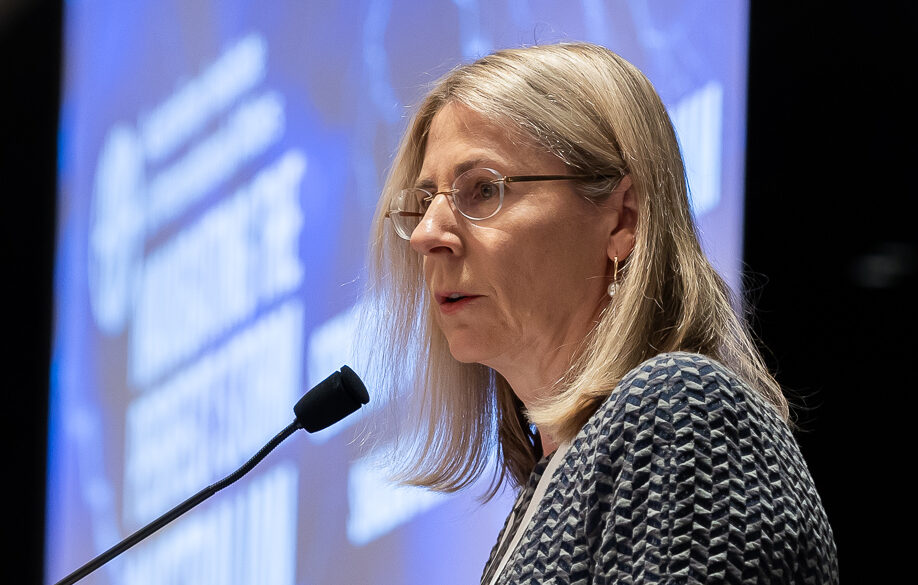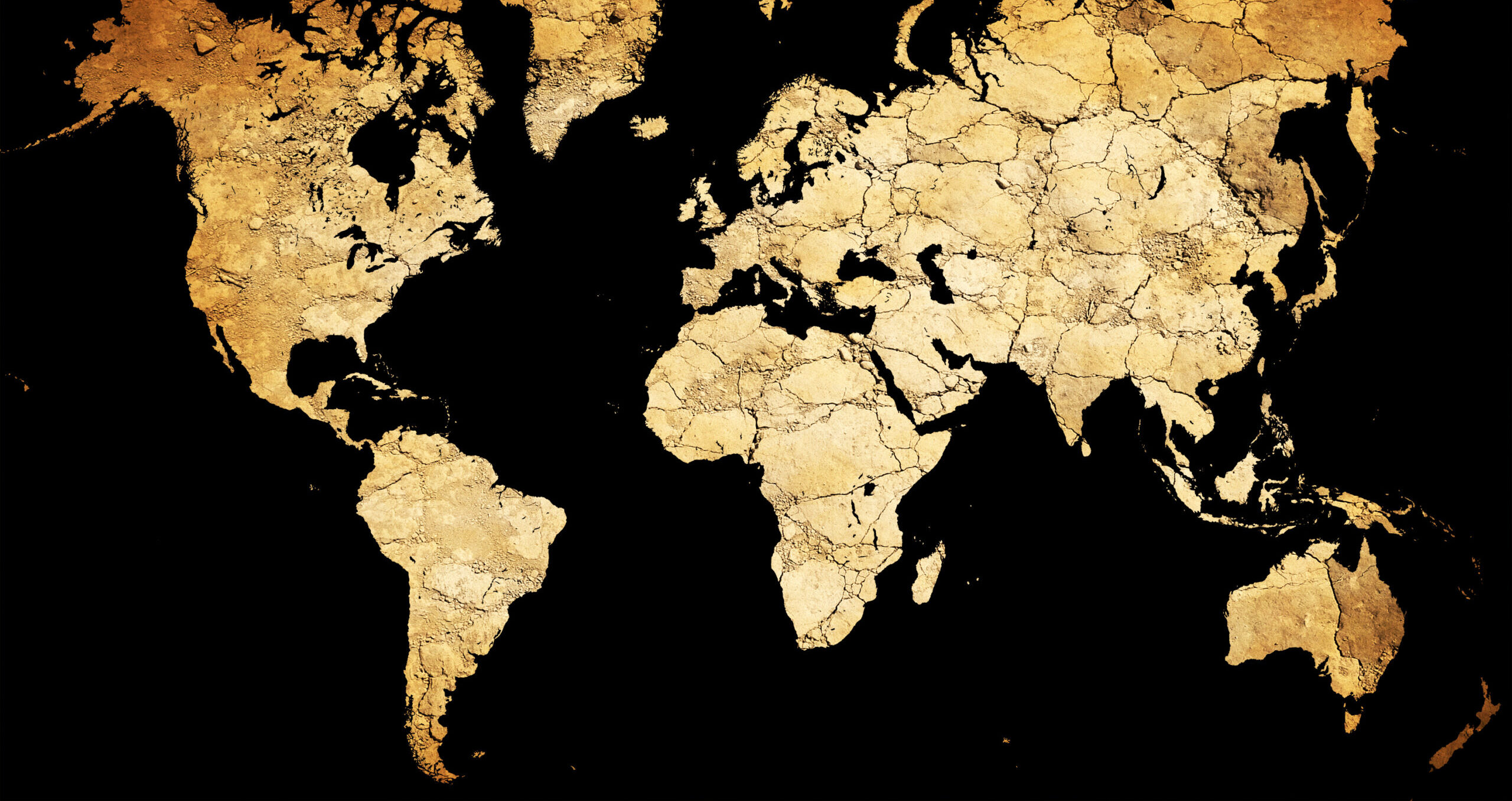In her major foreign policy speech to the AIIA, Foreign Minister Penny Wong applied a four-part doctrine—region, relationships, rules and resilience—to suit a far more unstable world. The new formula embeds the US alliance within a wider network of partners while elevating regional focus and domestic resilience as essential tools for managing rising global risks.
Allan Gyngell wrote in Fear of Abandonment that Australian foreign policy since WWII has been based on three strands: alliance, regional engagement and rules-based order.
He showed how every government, Coalition and Labor, wove these strands together in different ways. The early years of the Albanese government were no exception. As recently as April 2024, Foreign Minister Penny Wong was framing “what it will take to secure our future” in terms of “alliance, region and rules”, echoing Gyngell’s trinity.
But in his closing chapter, Gyngell warned that in a world “whose largest components are propelling themselves erratically in uncertain directions”, this legacy formula now had to be reconceived.
That reconception is here.
Twice in the past week, Wong has outlined a new formula: region, relationships, rules and resilience. We label it “the four Rs”.
The Minister used this formulation when interviewed on Insiders on Sunday 16 November. The next evening, in her keynote at the AIIA National Conference, she employed the same sequence and built her whole speech around it.
The first hints of a new direction had come earlier, in the Australia in the World 2025 Snapshot, published by DFAT in February, which afforded region, relationships and rules respective chapters. Resilience was invoked throughout in relation to cyber, climate and economics.
Wong’s AIIA speech makes the emerging doctrine explicit, turning the Snapshot’s broader departmental treatment into a sharper ministerial statement.
What does each “R” mean? The first is “region”. Wong argued the Indo-Pacific is “where the world’s future is most being shaped” and “where we have the most on the line”.
The region is where Australia’s exposure and influence are both highest, justifying its listing first in the new formulation. As Wong put it, “it pays to look at a map” to understand the architecture Australia is building.
She described a regional strategy centred on Southeast Asia and the Pacific, investing in connectivity and development, and seeking a “region in balance, where sovereignty is respected”. The region is where events can most quickly harm Australia, but also where our choices can still shape outcomes.
Second is “relationships”. Note the clear departure with the alliance no longer getting its own category. Instead, the United States appears alongside China, Japan, India, ASEAN, Pacific Island countries and others in a wider web of ties.
Wong emphasised the building of an “architecture” of treaties and upgraded partnerships that create shared capacity and common ground. The logic of broadening and deepening ties with a wider range of partners is that security and prosperity never hinge on a single relationship, including with the US or China.
She described this as “amplified middle power diplomacy – pursuing new alignments to better pursue our national interests”. She offered examples of working with the UK, Canada and France on Palestinian recognition, or with Jordan and Indonesia on Gaza humanitarian assistance.
The approach extends beyond traditional allies. Wong highlighted unprecedented cooperation with India, Japan and South Korea. Even the stabilisation with China fits this framework – engagement without concession and maintaining dialogue at every level, including military channels.
The third R is “rules”. Wong was frank that “longstanding institutions and rules are [being] undermined and broken”, citing Russia’s invasion of Ukraine as exhibit A. Yet rules still matter, especially for a middle power. International law and institutions set expectations for behaviour and provide “organising principles for cooperation”.
Wong went further, arguing rules are “not merely a defensive interest” but “a vital avenue for Australia to prosecute what matters to us”. Rules don’t just help keep Australia safe; they offer “an avenue to promote and persuade”.
The fourth R is “resilience”. This is the most striking addition, because it brings domestic policy squarely into the heart of foreign affairs.
Wong emphasised the health of Australia’s democracy and trust in institutions, and a strong and diversified economy, as key pillars of resilience.
In the speech the Minister linked resilience directly to deterrence. A cohesive society, trusted institutions and robust defences against foreign interference make Australia a harder target and “raise the costs” for any state that might try to coerce it.
In setting out the four Rs with such clarity, Wong’s speech delivers the strategic coherence that some argued the Snapshot stopped short of providing.
The past year has marked a turning point for Australian foreign policy, driven by a rapidly changing strategic environment. Above all, President Trump’s return to office has reshaped the context in which Australia must navigate its place in the world.
While Australia has to date managed relations with the Trump administration effectively, the trajectory of US foreign policy makes keeping the alliance on its own as one of three foreign policy pillars, as in the old formulation, simply untenable.
Yes, the alliance remains vital. In her AIIA speech Wong went out of her way to stress the continuing value of US power, presence and engagement. But rather than framing the alliance as a foundational pillar on which everything else rests, the speech embedded the alliance within a wider logic of diversified relationships, regional priorities, and national resilience.
It is not that the alliance has receded in importance. Regional relationships have simply become equally important.
Australia now faces a world of heightened uncertainty and increasingly concentrated risks. Supply chains can be weaponised. Information systems can be hacked. Markets and militaries move faster than diplomacy. In this context, foreign policy becomes a form of risk management, reducing exposure where possible and preserving room to move when shocks arrive.
Seen this way, the four Rs become mutually reinforcing risk management tools. “Region” lowers the chance of dangerous escalation by working to keep the neighbourhood in balance. “Relationships” build multiple channels for cooperation and crisis management, so Australia is never left facing a problem alone. “Rules” provide shared expectations and forums that can constrain power and organise collective responses. And “resilience” means Australia and its partners can withstand pressure and keep making sovereign choices.
These principles cannot guarantee safety or certainty, but they offer a strategy to live with uncertainty rather than ignore it. They can help ensure that when pressure comes, Australia still has real choices about how to respond.
Gyngell always said that effective foreign policy ensures that no matter how international developments unfold, Australia will always have options to act.
The four Rs look to carve out that space in a more dangerous and fluid era. Allan would surely have approved.
Dr Darren Lim is a senior lecturer at the Australian National University and is the host of the Australia in the World podcast. Hannah Nelson is a PhD student at the Australian National University.
This article is published under a Creative Commons license and may be republished with attribution.
Photo Credit: Dean Calma / IAEA





